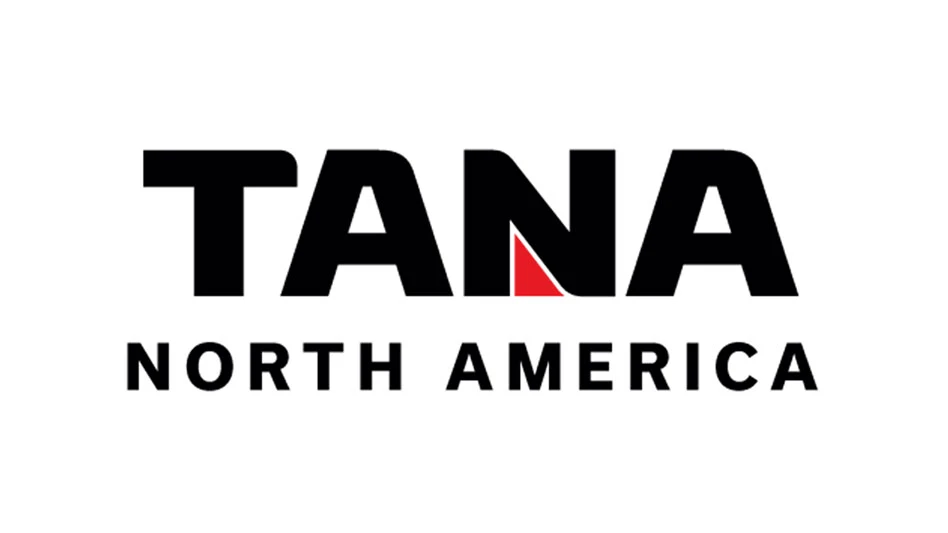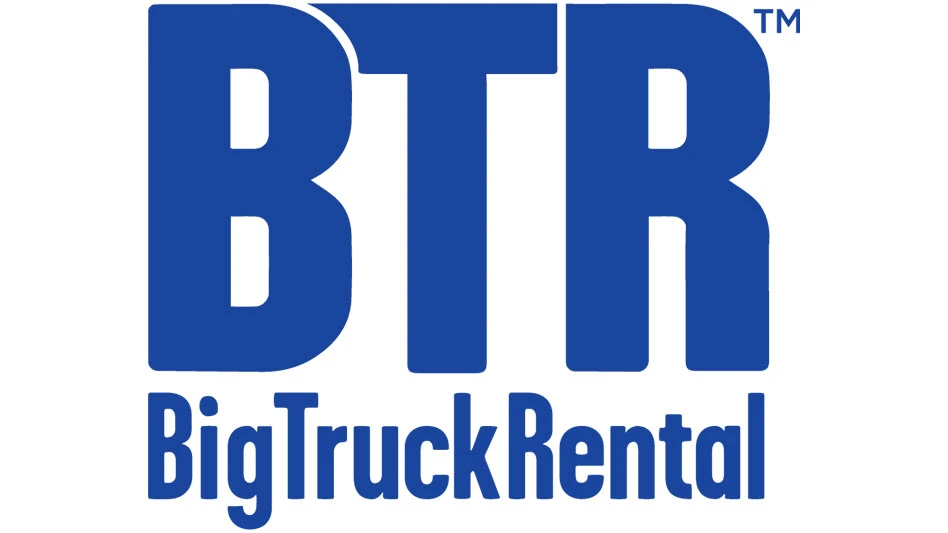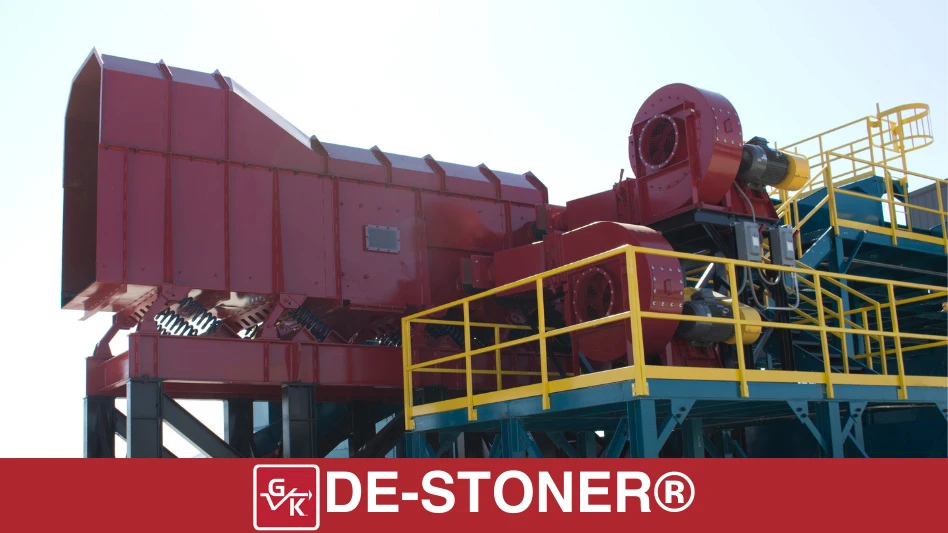
Heather and David Mayer were running a healthy sand pit business on their 44-acre Texas property just northwest of Fort Worth when they had an epiphany about their business.
“We knew the day would come when we would no longer sell sand,” Heather says. “But, maybe there was a different option to just backfilling and moving on. We realized there were other possibilities for our land.”
And while that day still has not yet come, the results of their diversification are already well developed.
Mayer Materials was founded in 2006, functioning strictly as a sand pit for cushion and fill sand, and it would be several years later before it came to its new direction. But with the benefit of plentiful real estate, Heather says she and David recognized the growing need for recycling sites and saw an opportunity that would work for them.
“Someone approached us with the idea of recycling gypsum, so that was the first material we began to bring in,” she says. “It is ideal for the clays of north central Texas.”
From there it was a simple evolution of their recycling efforts—from gypsum to organic composting. Manure and brush were the first source materials they collected.
Located near one of the country’s largest annual stock shows and rodeos and in the heart of cutting horse country, a steady supply of manure and bedding is available.
Soon after their realization, the Mayers also started processing other organics to include prepackaged, off-spec food and beverage materials.
“David recognized that no one in our area was doing this,” says Heather. “He is the one who took us to the next level in composting and recycling.”
Each of these materials are perfect candidates for compost fractions, but all of them combined did not produce a pretty product.
“Our soil tested great, but had a gray tinge when it dried, and we had a 90-day turnaround. Customers equate dark, rich looking soil with high nutrients, so that’s what we aimed to deliver,” Heather says.
“If you call composting ‘throwing in everything but the kitchen sink’ into a windrow and seeing what you get, then yes, we were composting,” Heather says.
She adds, “It was definitely not a consistent process, and the outcome reflected that as well. Last year we began tweaking our mixes and limiting some of the inputs, and we were pleased with the results.”
PATH TO PERFECT COMPOST
The Mayers’ path to perfect compost began with the realization that turning with a loader was very inefficient and even more ineffective so they attended the United States Composting Council (USCC) conference in Austin in 2015 to research turners.
The conference set into motion a series of events that led to a meeting with Martin Morgan from Ecoverse, Avon, Ohio, who introduced them to the benefits of Harvest Quest compost inoculants in the compost and the complimentary side effects using the company’s method.

“Martin explained to us that by using these additives and following their process, we could cut our compost curing time in half, eliminate most of the odor and create a far superior product. I was quite skeptical,” Heather says.
But the more she researched Harvest Quest, the more she began to realize just how much of a difference it could make.
“I have a friend who is a chemist and a fellow composter, and I asked her about it. She said, ‘It’s the real deal.’”
Heather adds, “We have a friend who owns a greenhouse, and we had him look into it and he came back with the same conclusion.”
The Mayers also visited city of Denton, Texas, which was just starting its own trial run with Harvest Quest “and after meeting Darren Midlane from Harvest Quest and hearing the superior quality of the Harvest Quest compost, we were ready to try it,” Heather says.
Heather admits she initially did not realize how involved Darren and Martin would be in ensuring the success of the compost using Harvest Quest.
“My first thought was that Harvest Quest was fool-proof composting, but that isn’t the case,” she says. “Darren came out and did a detailed analysis of all our inputs, helped us formulate a menu of specific ratios for each and has been following up to be sure we are getting the expected final outcomes, and indeed we have.”
Each recipe has been specifically formulated to work most effectively with the prescribed bacterial inoculants provided by Harvest Quest. Ratios have been developed that emphasize each potential source ingredient. A few additional mixes are still being tweaked. Once the sources are mixed, windrowed and turned following the state’s prescribed procedures, the Harvest Quest inoculant is added to each end of the windrow and within 24 hours, will completely permeate the entire row.
By maximizing bacterial activity, temperatures are elevated and sustained, increasing the curing speed and eliminating most odor production. Finished compost is realized within 45 days after initial turning phase.
“Regardless of our initial recipe, we end up with the same, high-quality end product,” says Heather. “The specialization in ratio and inoculant ensures a complete breakdown of all the organic material. In our final screening, we have a high yield with very few overs.”
ON THE MARKET
The dramatic evolution of the Mayer Materials compost has been noticed by the marketplace as well, and Heather says the company is looking forward to its first full year of composting with the Harvest Quest inoculants and method.
“We’re ready to get going,” she says. “We sell to wholesale and retail outfits, landscapers, contractors, construction sites and the public.”
The company sells its compost in bulk, and started bagging product for retail customers in the spring.
“Being small, we knew we wanted a high quality product in order to compete in the bagging market. With Harvest Quest we have a boost of natural nutrients made available to plants so they can thrive and defend themselves,” Heather says. “Darren has shown us how using Harvest Quest can improve the soil structure. It’s exactly what we wanted.”
With such high-quality compost at Mayer Materials’ disposal, its topsoil product has been overhauled as well.
“Our soil now is so much darker and richer,” Heather says. “It just looks pretty and it smells so earthy. And that’s really what this is all about—learning that soil is not just a medium that you stick plants in, but rather a living and breathing ecosystem. Once you understand that and learn how to improve that ecosystem, you can make some incredible things happen.”
Heather is still amazed at how significant a difference Harvest Quest has made for the company’s composting operation, and she credits the communication and support from the company as the real value gained from the investment.
“We may not be the smartest people around, but we know how to surround ourselves with those who are,” she says. “I can’t say enough about Darren and Martin. It’s great to have someone on your team with expertise and knowledge. We’ve never felt alone in this process.”
The Mayers still have plenty of sand at the site, but if they ever run out, they have built a strong composting business that will easily outlast their inventory of aggregate.

Explore the November 2016 Issue
Check out more from this issue and find your next story to read.
Latest from Construction & Demolition Recycling
- C&D World session preview: Key strategies for effective fleet maintenance
- Rotochopper hosts equipment owners at annual training program
- EAF mill underway in California
- On the move
- Viably teams with Turmec on materials processing systems
- Tight supply poised to keep recycled steel prices buoyant
- Untha shredder prepares SRF in the UK
- Mammoet on the job at Montréal Olympic Stadium project





